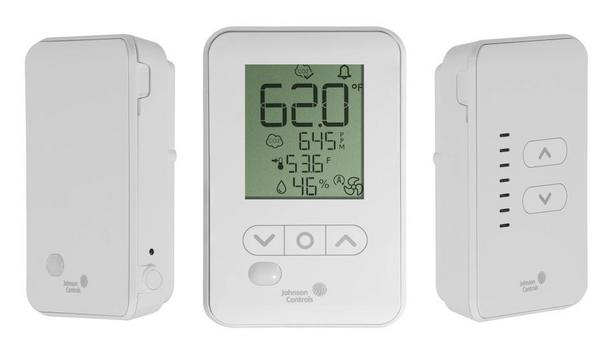When the COVID-19 pandemic in the U.S. in early 2020, forced schools across the country to shut down including K-12 classrooms as well as colleges and universities. As students adapted to virtual classrooms, schools developed plans for reopening once it was safe to do so.
With new variants of the SARS-CoV-2 virus emerging, schools must again develop and put in place higher education IAQ strategies to keep students as well as faculty safe.
Prepare for the Future
Even as more people get vaccinated against the coronavirus, the pandemic and its effects on education continue. Colleges and universities adapt by implementing social distancing and mask-wearing guidelines. Many schools increased their cleaning and disinfecting efforts. Some made improvements to ventilation systems.
Fortunately, The American Rescue Plan includes $39.6 billion to support higher education. These funds, when used with guidance from the CDC, give administrators the tools and resources they need to get students back in classrooms. As a result, funds used for improvements and upgrades to HVAC systems provide cleaner, healthier air.
IAQ strategies
It also includes inspection and monitoring to ensure indoor conditions remain safe
For its part, Pure Air Control Services uses higher education IAQ strategies to take on these issues and limit the spread of viruses on campus. It does this with the six pillars of building health.
This includes addressing issues of ventilation, airflow, air filtration, cleaning, and disinfection. We also work to reduce the number of particles and pathogens in the air. It also includes inspection and monitoring to ensure indoor conditions remain safe.
Higher Education IAQ Strategies in Action
Pure Air Control Services Certified Pure Air Indoor Environment program improves environmental conditions on school campuses. It uses several systems and methods as a part of the pillars of building health:
Higher Education IAQ Strategies Include Testing
Baseline environmental and HVAC testing gives us the information we need to make repairs and upgrades to ventilation systems.
The HVAC Hygiene Assessment also includes an inspection of the AHU. This includes the coils, blower, and corresponding ductwork. In addition, the EDLab analyzes collected samples for the presence of pathogens including the SARS-CoV-2 virus.
Cleaning and Restoring HVAC Systems
The PURE-Steam HVAC method uses high-temperature steam to kill pathogens
The PURE-Steam HVAC method uses high-temperature steam to kill pathogens.
After steam cleaning, comes restoration with HVAC New Life™. This method also includes the application of antimicrobial paint.
Reduce Particles
The PURE-Duct cleaning method gets deep inside the HVAC ductwork and removes dirt and debris. After particles get knocked loose they get picked up by an industrial-strength vacuum system featuring a HEPA filter. Particle reduction is an important step of successful higher education IAQ strategies.
Neutralize Pathogens
Next, the PURE-Decon building disinfection system neutralizes pathogens. It uses EPA-registered Disinfectants for Emerging Pathogens (DEP).
As a result, fungi, mold, and bacteria get removed along with viruses and other pathogens. This method gets to hard-to-reach areas that topicals cleaners cannot.
Air-Cleaning Technology
Smart sensors respond to room conditions and change their performance accordingly
The air-cleaning machines we use feature EnviroSmart™ detection technology. Smart sensors respond to room conditions and change their performance accordingly. These devices remove allergens and volatile organic compounds (VOC) as well as odors.
Monitoring IAQ Conditions
Higher Education IAQ Strategies Create Healthy Campuses
For higher education IAQ strategies to work, users need a trusted partner. Pure Air Control Services is that partner. It helps colleges and universities develop higher education IAQ strategies.















